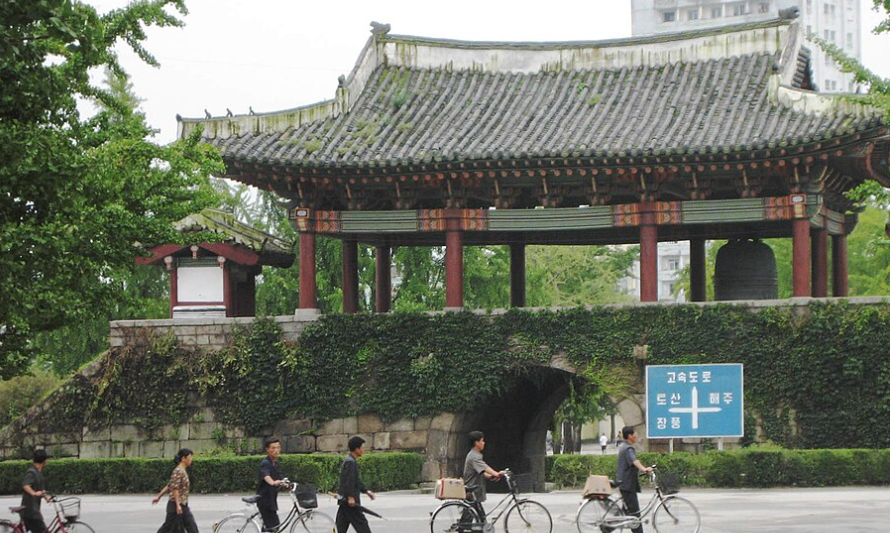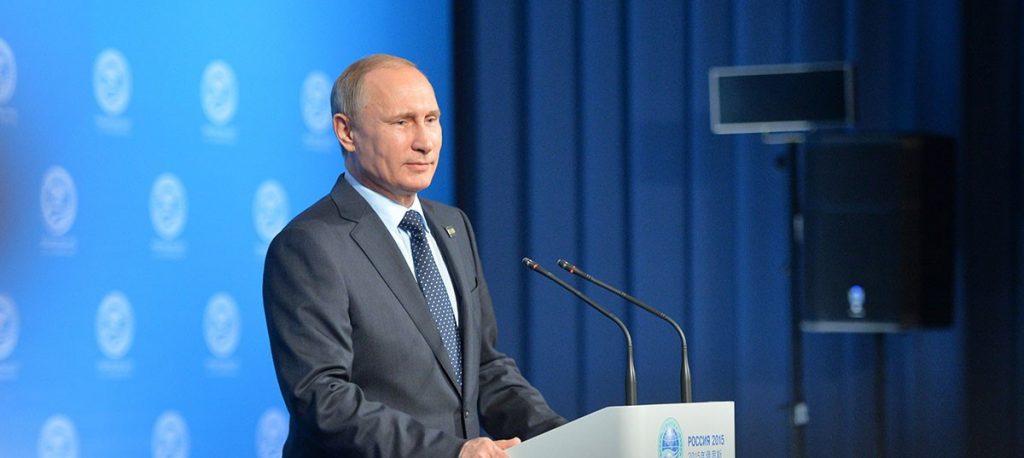Behind the Silence: North Korea’s Hidden COVID-19 Toll Exposed

© CC BY 2.0
North Korea’s government claimed to have avoided the pandemic entirely, declaring “zero” COVID-19 cases until May 2022.
Yet recent reporting indicates the virus was widespread, largely untreated, and quietly ravaging ordinary citizens for years. New insights are now illuminating a darker pandemic reality in one of the world’s most isolated nations.
What the North Korean Government Said — and What the People Lived
From January 2020 until May 2022, North Korea maintained one of the globe’s strictest COVID policies: closed borders, severe travel restrictions, and internal lockdowns. But the government repeatedly reported zero infections. Only in May 2022 did Pyongyang finally admit a COVID-19 outbreak, with just 74 deaths and a swift victory declared.

Meanwhile, defectors, satellite analysts, and remote surveys pointed to widespread illness—hundreds possibly dying and many more falling ill well before official acknowledgment.
Widespread Suffering, Minimal Care
New reporting from CNN paints a concerning picture: despite official claims, COVID quietly spread across the country, overwhelming its fragile health system. Even when the government admitted cases, most citizens had no access to testing, antivirals, or vaccines, particularly outside the elite and military.
Hospitals lacked supplies and personnel; people relied on informal clinics or home remedies. Markets closed, travel was banned, and shortages of food and medicine became widespread, often dismissed as necessary “sacrifices” by state media.
Amplified Authoritarian Control—and Cracks
Under the guise of pandemic safety, border control and surveillance intensified. Reports of forced quarantines, neighborhood informants, and harsh penalties spread. Yet private whispers and illicit trade revealed quiet resistance—some citizens reportedly bribed officials to escape lockdowns.

Paradoxically, this control may have revealed fragility in Kim Jong Un’s grip: when pandemic policies disrupted daily survival, even a totalitarian regime faced backlash, however muted.
Implications Beyond North Korea
- Global health risk: Without transparency and testing, North Korea could become a breeding ground for new variants.
- Humanitarian urgency: International aid—temporarily accepted in mid-2022—might need ramping up as the country recovers from isolation.
- Regime resilience tested: The pandemic may have eroded the regime’s narrative of infallible leadership, creating openings for outside engagement.
What to Watch Next for North Korea
- Policy shifts—will North Korea loosen borders, resume vaccine drives, or accept WHO oversight?
- Local discontent—will more leaks or defections reveal cracks in the system?
- Aid diplomacy—will global powers tie assistance to transparency, or will they treat health and security separately?
You might also want to read:


